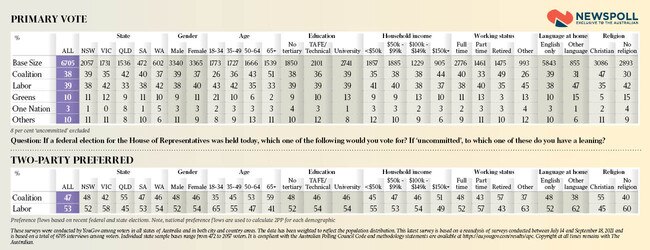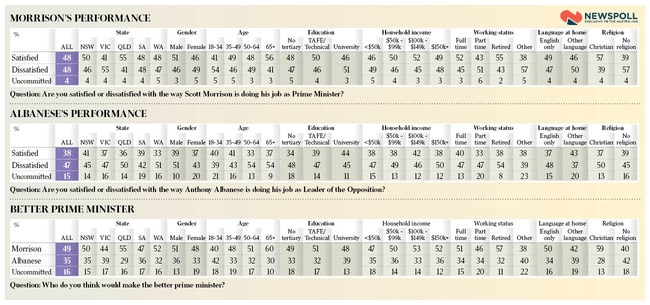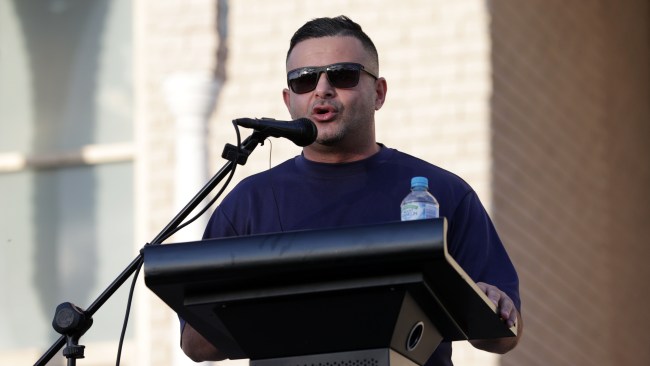
Even on the most conservative reading of the polls as they stand, Scott Morrison would face the loss of at least six seats and the acquisition of none.
A worst-case scenario would be the loss of 10 seats, a convincing defeat for the government and the election of an unpopular federal Labor leader in Anthony Albanese. This would be a significant reversal of fortune for Morrison and the Coalition since the height of the Prime Minister’s record support less than 12 months ago – if it were to be replicated at an actual election.
Nevertheless, Liberal Party strategists are presented with an evolving electoral contest of multiple and complex dimensions.
While Morrison may feel confident he has a strategy to deal with Albanese, what is not clear is whether the party has a strategy to deal with the more dominant Labor state premiers who, faced with no local opposition, are running tandem and partisan campaigns against the federal Coalition. This will only intensify the closer a federal campaign becomes.

Punctuating the electoral problem is a shifting demographic dynamic. It would appear that the quiet Australians who helped the Coalition to victory in 2019 are those whom it now appears to be losing.
Morrison had maintained almost universal support since the outbreak of the pandemic, leading across almost all demographic groupings – the unemployed, low to middle income earners, the less educated, tradies, the highly qualified and the wealthy, and men and women more or less equally.
This is no longer the case.
The most significant shift has been the loss of lower to middle income earners.
The magnitude of the numerical task isn’t just defined by the Victoria and West Australian problem, although these states nevertheless pose the most significant downside risk.
The two-party-preferred swing in WA on the 2019 electoral result is more than 9 per cent. While bad, realistically that means the potential loss of only two seats.
In Victoria, which shows a swing of almost 5per cent, a generous assessment would suggest the loss of another two seats there.
The polls also point to the loss of a seat in South Australia.

Even in Queensland, the one state where Morrison remains dominant and equally as popular as the Labor Premier, Annastacia Palaszczuk, Labor’s primary vote has improved.
So where does the Coalition win seats?
The poll would suggest the answer is nowhere.
The reason is that Morrison’s home state has now become the problem state.
NSW is where the Coalition was confident of picking up the seats it would need to remain in government but the analysis of the past three months of Newspoll results shows an almost four-point turnaround on the election result, leaving Labor now in front 52-48 on a two-party-preferred basis
If such a result were replicated at an election, then the Coalition would fail in its venture to ameliorate losses elsewhere.
No one could say whether such a result would indeed be replicated at an election.
Even Labor figures doubt such an outcome.
What is less doubtful, however, is that the longer the electoral atrophy is allowed to linger, the more difficult it will become to arrest.
Read related topics:Scott Morrison



